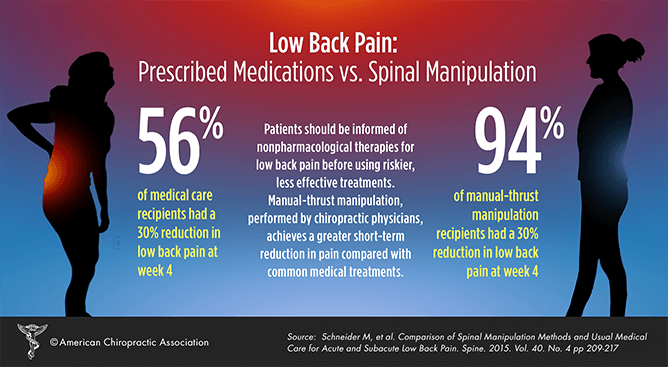Indicators You May Need Soft Tissue Treatment For Pain Alleviation
Indicators You May Need Soft Tissue Treatment For Pain Alleviation
Blog Article
Authored By-Vang Cervantes
If you have actually been dealing with relentless muscular tissue tension or stiffness, you could be asking yourself if there's a better service than simply non-prescription discomfort relief. Limited variety of movement and continuous discomfort after an injury can seriously affect your life. These indicators typically show that your body requires extra targeted treatment. So, just how do you understand when it's time to think about soft Tissue treatment? Allow's explore some essential indications that could surprise you.
Persistent Muscle Mass Tension and Rigidity
If you typically find yourself feeling limited and rigid after a long day, you may be managing chronic muscular tissue stress. This discomfort can creep in from daily activities, poor stance, or even anxiety.
You may see that certain areas, like your neck or shoulders, feel especially limited, making it tough to kick back. Neglecting this stress can lead to even more considerable concerns, affecting your total health.
https://www.clinicalpainadvisor.com/home/topics/musculoskeletal-pain/patients-with-early-sciatica-more-satisfied-with-discectomy-results/ might discover it challenging to relax or really feel tired despite getting sufficient sleep. Incorporating normal stretches or gentle movement can help relieve a few of this rigidity, however it mightn't suffice.
If https://doctorchiropractic84051.answerblogs.com/33273569/soft-tissue-treatment-supplies-relief-from-muscle-mass-stress-and-discomfort-yet-what-distinct-methods-does-it-utilize-to-boost-your-wellness-discover-much-more-inside persists, looking for soft Tissue treatment can give the relief you require, aiding to restore balance and convenience in your body.
Minimal Range of Movement
A minimal range of movement can significantly impact your daily activities and overall lifestyle. You might discover straightforward tasks, like grabbing an item on a rack or bending down to connect your footwear, coming to be significantly difficult.
This limitation typically comes from limited muscles, joint problems, or previous injuries, making movement uneasy or even excruciating. When you can not move openly, it affects your capability to exercise, play sporting activities, or engage in pastimes you delight in.
Soft Tissue treatment can help ease these problems by targeting the underlying muscle tension and improving flexibility. If you discover rigidity, pain, or an inability to completely prolong or flex your joints, it's worth taking into consideration therapy to restore your wheelchair and enhance your overall health.
Persistent Discomfort After Injury
Experiencing relentless pain after an injury can be frustrating and incapacitating. You might've believed the discomfort would fade with time, however when it sticks around, it can indicate a much deeper concern.
This recurring pain might prevent your everyday activities and influence your lifestyle. You may discover rigidity, swelling, or sensitivity in the damaged area, which can limit your capacity to move easily.
If you've attempted remainder, ice, or over-the-counter medicines without success, it's vital to consider soft Tissue therapy. This method targets the muscles, ligaments, and ligaments surrounding the injury, advertising healing and discomfort relief.
Don't let relentless discomfort control your life-- seek out specialist assistance to come back on track and regain your movement.
Verdict
If you're experiencing chronic muscular tissue tension, limited range of motion, or persistent pain after an injury, it's time to consider soft Tissue therapy. Ignoring these indications can bring about further pain and impede your daily tasks. Instead of depending entirely on non-prescription medicines, seeking expert help can successfully resolve your signs and promote healing. Don't await your pain to worsen-- act now and improve your lifestyle with the right treatment.
